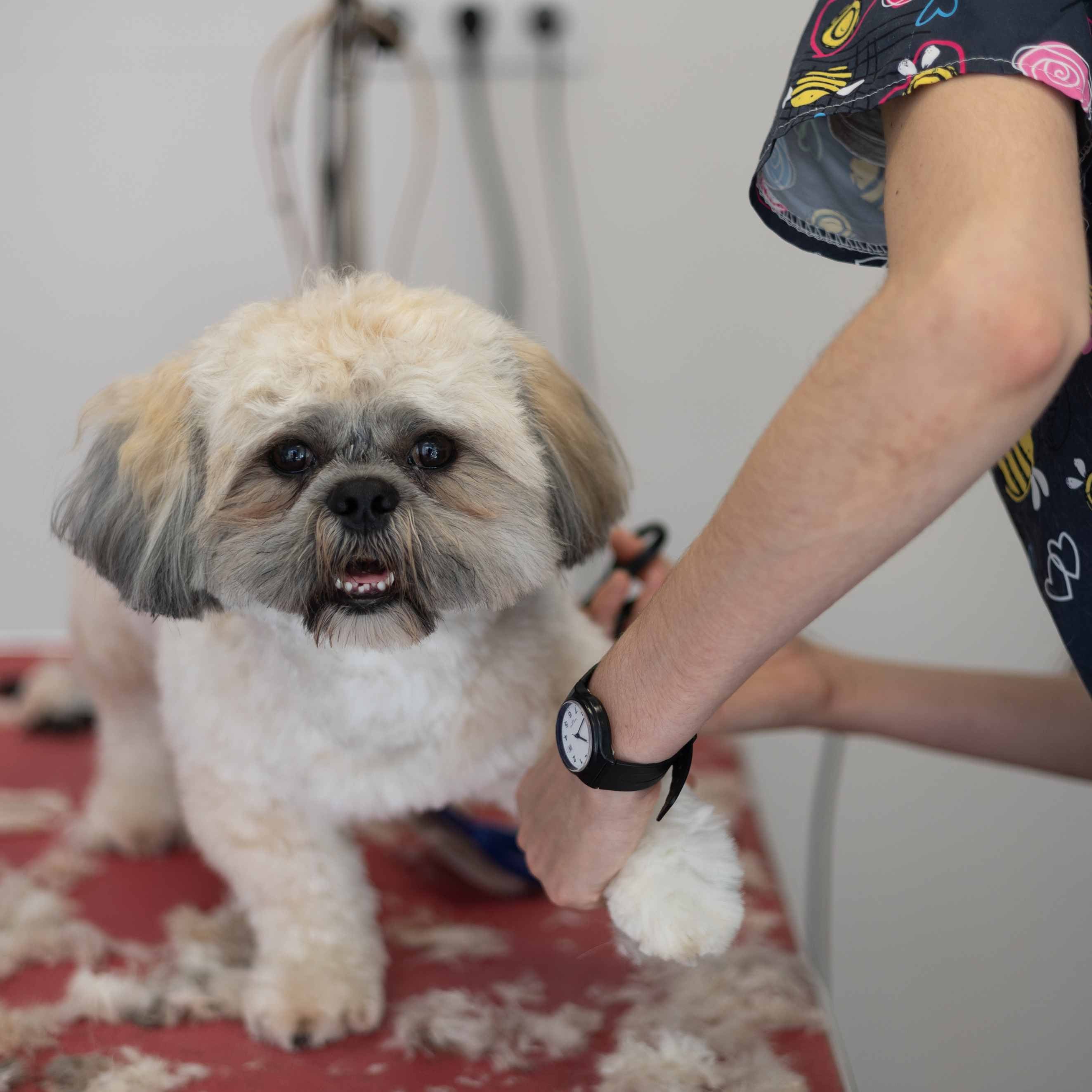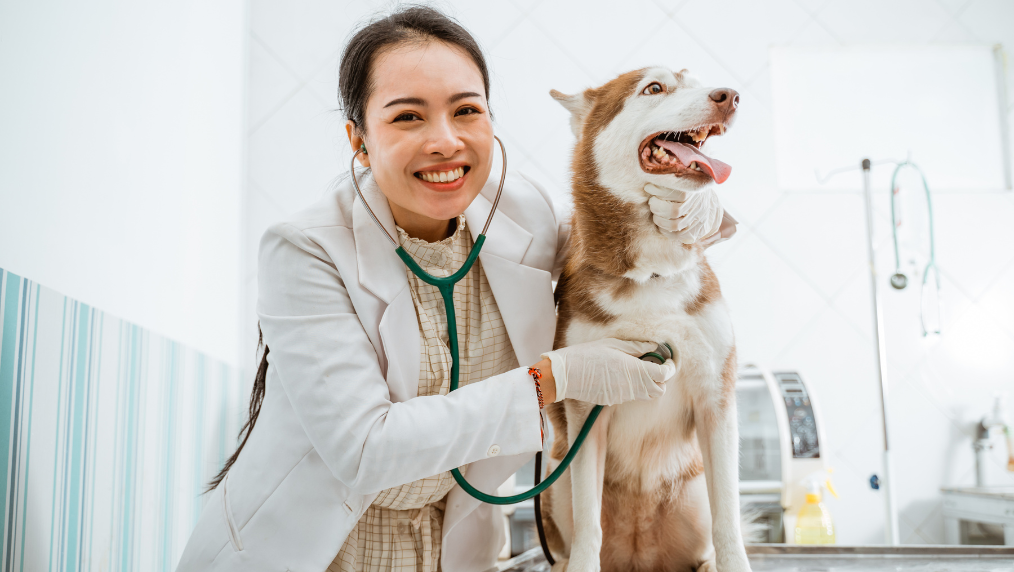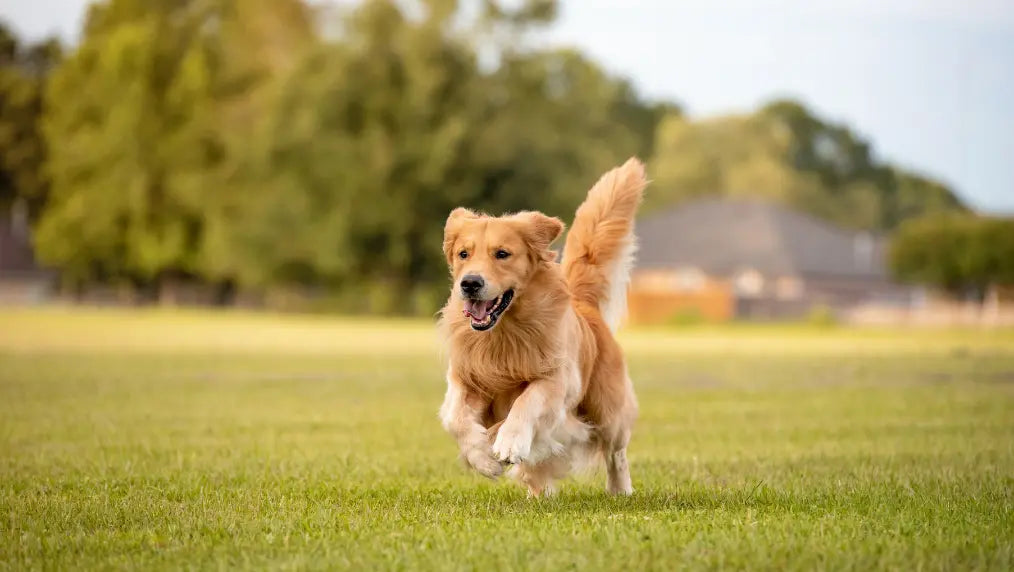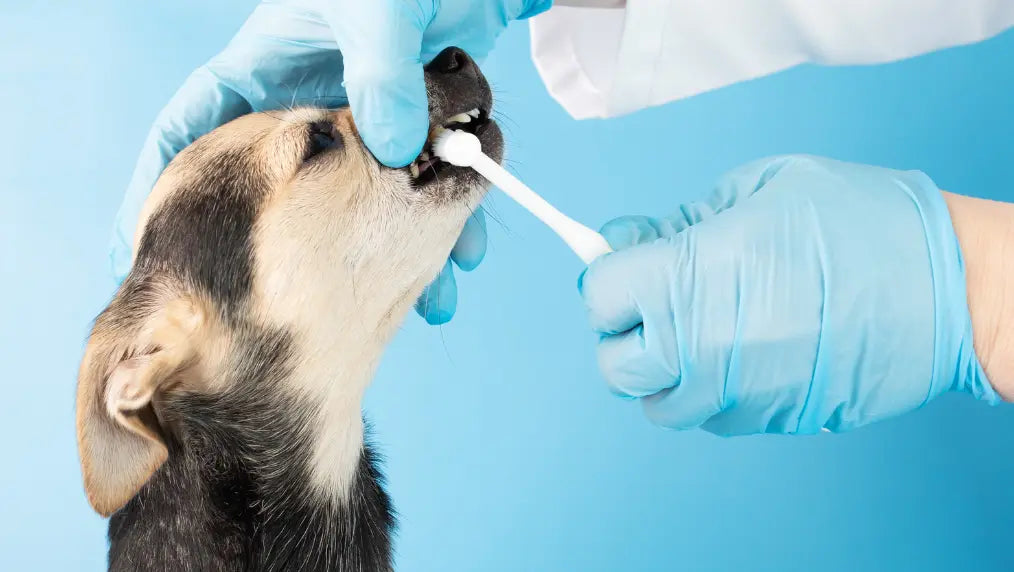Grooming is a necessary part of life for all dogs, no matter their hair length, but if you have a long haired dog, you will likely need to spend a lot of time grooming. Dogs with long haired coats typically have thick hair and fast hair growth. Keeping your long-haired dog’s flowing locks regularly brushed is essential, not just to help your your dog's hair look their best but also to keep your dog feeling their best and to prevent mats from developing. Daily grooming and/or daily brushing will definitely be required to prevent matting.

About Long Haired Breeds
A various dog breed's coat and thick fur often serve a very specific purpose for that breed, whether it's just to be visually appealing or to protect the dog from the harsh climate in which it was originally bred. Dog's coats don't just determine how they look or what they were bred for — they also determine the level of care they require. Long-haired dog breeds often need more frequent grooming, though there are exceptions to that rule. Long-haired dog breeds are definitely alluring and majestic, but potential owners should be look into the level of maintenance a specific breed requires before committing to one.
Long haired dogs need to be regularly groomed, but the process doesn’t need to be painful or unpleasant for you or your dog! These five simple tips will help you easily keep your long-haired dog’s fur looking its best.
Also Read - Why Puppies Bite & How to Prevent It
1. Make sure you have the correct supplies and equipment
When it comes to grooming, there is a wide range of supplies available for dog owners, including different types of shampoos, conditioners, detangles, brushes, combs, and clippers. Before grooming your long-haired dog, it’s essential to make sure that you have the right supplies at home.
-
Suggested Supplies and Tools:
-
Slicker brush: Removes tangles, mats, and loose fur.

-
Pin brush: Helps to untangle and remove loose fur.
-
Comb with wide and narrow teeth: For finer detangling and smoothing.
-
Mat splitter or mat rake: Used to gently remove mats.
-
Scissors or clippers: For trimming or cutting if needed.
-
Coat-specific shampoo and conditioner.
-
TRY PRIDE+GROOM’s shampoos & conditioner
-
Towels and a blow dryer.
-
Ear cleaning solution and cotton balls.
-
Nail clippers or grinder.
-
Styptic powder (in case you accidentally cut a nail too short).
The right supplies will make caring for your dog’s long fur easier. If you aren’t sure which supplies to purchase, or if the grooming supplies you have been using don’t seem right for your dog’s fur, talk to your vet, a breed expert, your dog’s breeder, or a groomer to find out what grooming supplies they recommend for your dog’s coat type.

2. Prepare your dog and create a routine

If you have a long-haired dog, one of the easiest things you can do is to create a regular grooming routine. Talk with your vet, your dog’s breeder, and/or groomer to find out how much grooming is most important for your dog’s breed and coat type. Most long-coated dogs will need to be brushed at least weekly, some dogs will need grooming every few days or even daily, especially during times of the year when they are shedding more or have been playing outside or hiking and get debris stuck in their fur.
Some dog breeds with long hair include afghan hound, golden retrievers, lhasa apso, yorkshire terrier, bearded collie, shih tzu, and the tibetan terrier. Their long coats can often resemble human hair.
Creating a regular home grooming routine will help you to be proactive in caring for your dog’s fur and prevent unsightly and painful mats from developing in their long hair.

Ensure your dog is comfortable and relaxed before you start grooming. If your dog is anxious, consider using calming techniques like gentle petting or treats. If your dog's coat is extremely tangled or matted, it may be necessary to consult a professional groomer before attempting to groom them yourself.
3. Create positive associations
Long-haired dogs need regular grooming, and it’s our responsibility to make grooming fun and comfortable. Your long-haired dog needs to be groomed weekly, if not multiple times per week; that doesn’t mean it has to be unpleasant for your dog. In fact, the more you can help your dog to develop positive associations with grooming, the easier the entire grooming process will be for you and your dog.
To do this, try to keep grooming sessions short and fun. Multiple short grooming sessions, separated by playtime, will be more enjoyable for your dog than a long and stressful grooming session. While grooming, talk to your dog in an upbeat and cheerful voice. If you are tired or frustrated, end the grooming session, so your dog doesn’t pick up on your frustrations. While grooming, give your dog lots of treats and praise. You can even use lick mats with wet food, peanut butter, or other spreadable treats to give your dog something enjoyable to occupy themself with while you’re grooming excess hair.
4. Detangle
Even if you groom your long-haired dog regularly, they will still get tangles in their fur from time to time. When you notice that your your dog hair has some tangles try to groom that area immediately. At this grooming session, focus on the problem area, gently picking apart, and combing through tangles that have appeared in your dog’s fur instead of trying to brush your whole dog. Focusing on the tangled areas where twigs and other debris have gotten stuck will allow you to get the tangles out right away instead of letting them build up into more extensive mats, which can be painful and even cause sores.
5. Seek professional guidance

In addition to maintaining a regular and consistent grooming routine for your dog at home, you’ll likely need professional support. For most dog owners, having their dog get professionally groomed every 6-8 weeks can help to keep your dog’s fur in the best condition. If you want to do it all yourself, consult with professional dog groomers or other people experienced with your dog's skin and breed and with dogs who have your coat type. These professionals will be able to help instruct you on the best ways to fully bathe, brush, trim, and care for your dog’s long fur.
Also Read - Ways to Keep Your Dog Busy While Working From Home
Conclusion
For some, long-haired dog breeds might seem intimidating. All that fabulous fur must be a hassle to maintain, right? Lovers of these luscious locks will assuredly speak up and tell you that coat maintenance is simply the cost of entry when owning a pup with a gorgeous mane. Whether fluffy and puffy or sleek and shiny, the best long-haired dogs are some of the most beautiful breeds.
Remember to be patient and gentle, especially if your dog is not used to grooming. Positive reinforcement with treats and praise can help make the experience more enjoyable for both you and your furry friend. If you're unsure about any aspect of grooming, consider seeking advice or assistance from a professional groomer.





